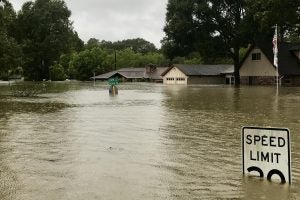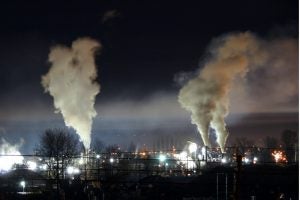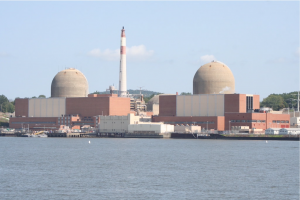 February 23, 2022
by Gianfranco Cesareo
Endangered Species
Litigation
State and Local
Wildlife
February 23, 2022
by Gianfranco Cesareo
Endangered Species
Litigation
State and Local
Wildlife
When the New York Court of Appeals agreed in May 2021 to hear the habeas corpus case of an Asian elephant named Happy, it marked the first time that the highest court of any English-speaking jurisdiction agreed to hear a habeas corpus case brought on…
 February 2, 2022
by Priya Sinha
Litigation
Regulations
Water
February 2, 2022
by Priya Sinha
Litigation
Regulations
Water
On Monday, January 24, 2022, the Supreme Court granted review of Sackett v. EPA to determine the definition of a “water of the United States,” or WOTUS, under the Clean Water Act (CWA). The outcome of the case could potentially reshape the reach of…
 January 18, 2022
by Emma Schwartz
Chemicals
Regulations
Water
January 18, 2022
by Emma Schwartz
Chemicals
Regulations
Water
The Biden EPA recently released a comprehensive plan for tackling PFAS, a class of toxic forever chemicals. It’s a step forward, but is it enough to get this national problem under control?
 January 4, 2022
by Hunter Wiand
International
January 4, 2022
by Hunter Wiand
International
For years a CIA-linked think tank has covered Xinjiang. The current human rights crisis in the region may present a serendipitous moment for cynics in the American foreign policy establishment to pursue an old, familiar agenda.
 December 23, 2021
by Taylor Hall-Debnam
Climate change
International
December 23, 2021
by Taylor Hall-Debnam
Climate change
International
Climate Change is already having public health consequences in the global south. Global leaders have a duty to respond.
 December 22, 2021
by Ju-Ching Huang
Climate change
Regulations
Sustainability
December 22, 2021
by Ju-Ching Huang
Climate change
Regulations
Sustainability
How well can FEMA's existing flood insurance and grant programs protect Americans under climate change?
Background
Climate change is now impacting Americans' daily lives, and floods, in particular, are a pressing issue. Under the threat of climate…
 November 15, 2021
by Drew Savage
Climate change
Regulations
Sustainability
November 15, 2021
by Drew Savage
Climate change
Regulations
Sustainability
President Biden is soon expected to name his nominee to lead the Federal Reserve. Can it become a more climate-focused institution?
 November 7, 2021
by Yanai Ben Gigi
Climate change
Litigation
Regulations
November 7, 2021
by Yanai Ben Gigi
Climate change
Litigation
Regulations
The Supreme Court will soon hear a case that may alter the regulation of carbon dioxide emissions under the Clean Air Act and expand the reach of the nondelegation doctrine.
 November 2, 2021
by Steve Brenner
Climate change
Energy
Fossil Fuels
State and Local
November 2, 2021
by Steve Brenner
Climate change
Energy
Fossil Fuels
State and Local
On October 27, 2021, the New York State Department of Environmental Conservation (NYSDEC) denied two applications for proposed natural gas-fired power plants.[1] New York State has denied permit applications for fossil fuel infrastructure before,[2] but…
 October 27, 2021
by Alec Bowman
October 27, 2021
by Alec Bowman
How many dollars must the United States government spend to save life as we know it from climate catastrophe? Answers vary: Representative Alexandria Ocasio-Cortez says at least $10 trillion.[1] The American Action Forum, led by the former Director of…











